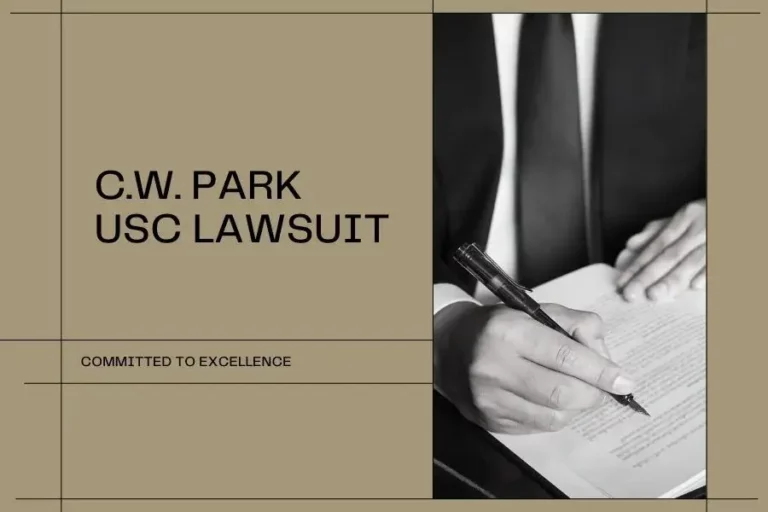Comparative Negligence Explained: How it Affects Your Personal Injury Claim

Accidents are daunting and scary. Most people don’t know what to do next when they encounter an accident. This is where they need professional help. They need someone who can guide them and understand their queries. In these times of need, you can hire a professional personal injury attorney.
It is important to hire them after thorough research so that you don’t make any mistakes that can be the cause of regret later on. Once you hire a legal attorney, you can change them in the middle of the legal lawsuit, but it is quite a hassle. So, before making a decision, it is advisable to check the reviews and feedback of the legal attorney.
If you are in Corpus Christi, you can hire a personal injury attorney corpus Christi, as they have 90% positive feedback, and the majority of the clients are fully satisfied with their work ethic. They have a lot of successful legal lawsuits. They will also help you in understanding jurisdiction and if you are making a mistake they will prevent it from happening. A legal attorney is the best person to rely on when you are fighting your legal lawsuit. They will take all your burden and make sure that you focus on your health completely.
In the field of personal injury law, comparative negligence is a crucial factor in determining liability as well as damages. It is important for people engaging in personal injury claims to know how comparative negligence works. This guide gives a detailed account of comparative negligence, its consequences and the impact it will have on your claim for damages.
What is Comparative Negligence?
As a legal doctrine, comparative negligence is used to assign fault and establish liability in situations where more than one party contributes to an accident or incident. In comparative negligence states, each party’s degree of fault is determined and the resulting liability and damages are proportioned. The underlying principle is that even if an injured party contributed to the accident, they could be awarded damages but these are reduced in proportion to their degree of fault.
Types of Comparative Negligence:
Pure Comparative Negligence: In a strict comparative negligence system, the injured party can only recover damages if they are not predominantly at fault. The total damages are determined and then the injured party’s compensation is decreased by his or her degree of fault. This implies that although the injured party is 99% responsible for an accident, they can still claim and be awarded compensation albeit reduced by their percentage of fault.
Modified Comparative Negligence: Modified comparative negligence imposes a limit beyond which the injured party cannot recover damages. There are two subtypes of modified comparative negligence:
50% Bar Rule: This rule implies that the injured party cannot be awarded damages if their responsibility is at least equal to 50%. If their guilt is less than half, they are entitled to compensation but it will be discounted according the amount of responsibility that applies.
51% Bar Rule: Just like the 50% rule, the 51% bar rule bars an injured party from claiming damages when their fault is higher than 51%. If their fault is less than 51%, they are entitled to compensation, with the amount of award proportionately diminished by the degree of fault.
How Comparative Negligence Works:
Assessment of Fault
In a comparative negligence analysis, the court or other legal body determines how much blame can be attributed to each defendant. This evaluation is usually provided in terms of a percentage, which indicates the amount of responsibility allocated to each party.
Calculation of Damages
The damages accruing from the incident are computed without taking into account comparative negligence. These include noneconomic and economic damages like medical costs, lost wages, property damage as well as pain and suffering.
Apportionment of Liability
Finally, the calculated percentage of fault for each party is used to allocate liability. For instance, in case of an injured party being responsible for 20% while the other is attributed with liability of 80%, damages may be awarded to the former but they will have a reduction by that percentage.
Award Reduction
The final amount of compensation that the injured party receives is adjusted according to their percentage share in fault. Such a decrease implies that the actions of an injured party had something to do with his or her injury.
Implications for Personal Injury Claims
This is because comparative negligence plays an important role in personal injury claims. Here’s how it can affect the claims process:
Reduced Compensation
If you are proved to have some degree of liability for the incident, your damages will be reduced proportionately. However, it is important to note that even if you were partially at fault, compensation can still be provided in a reduced amount.





